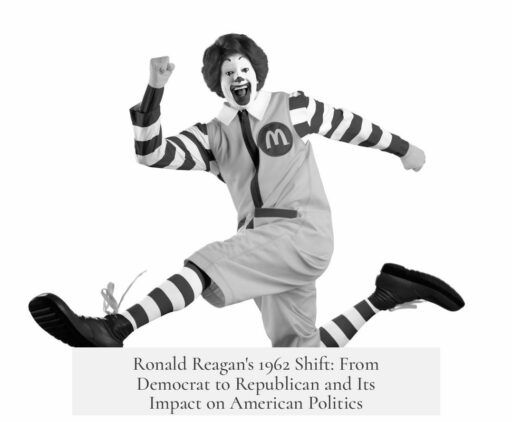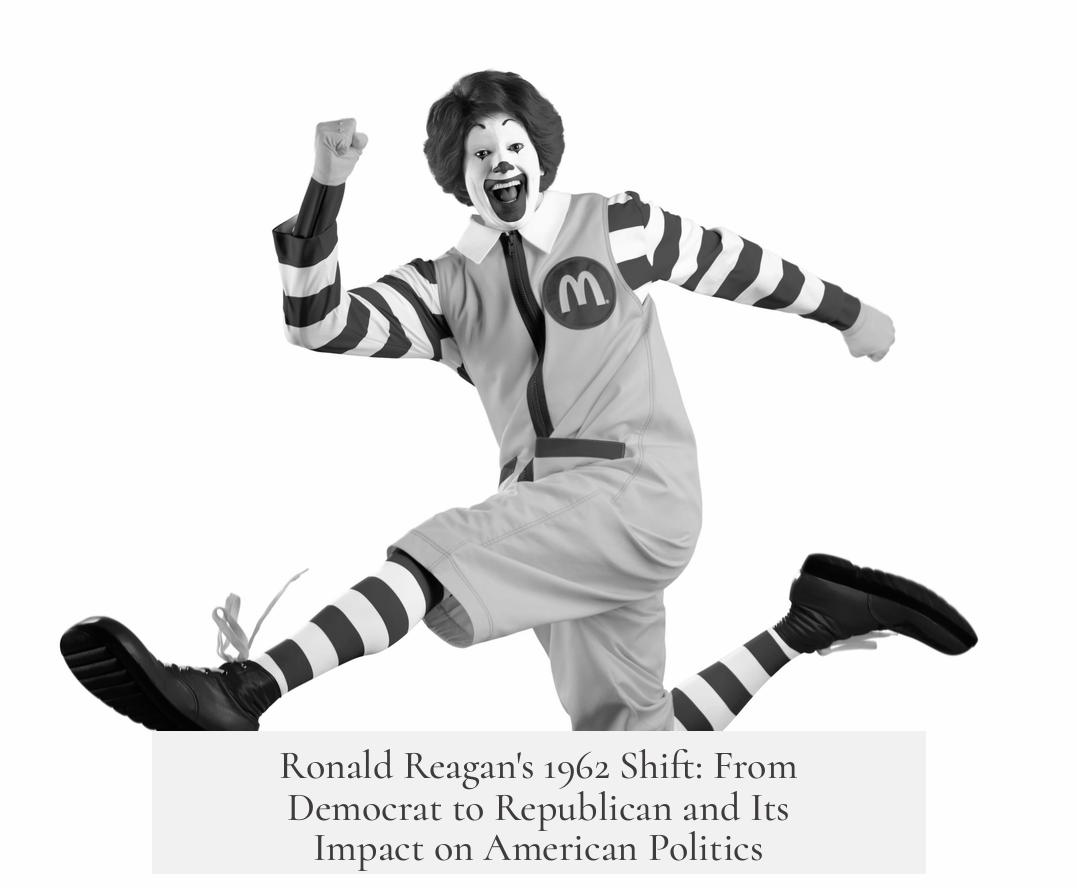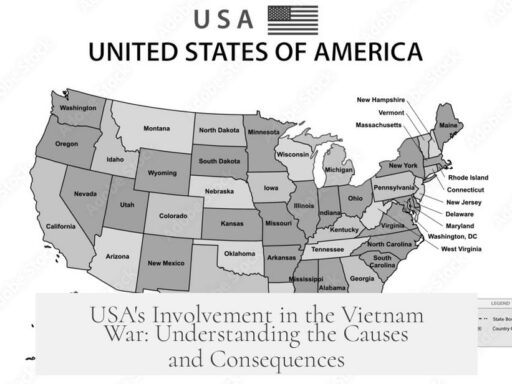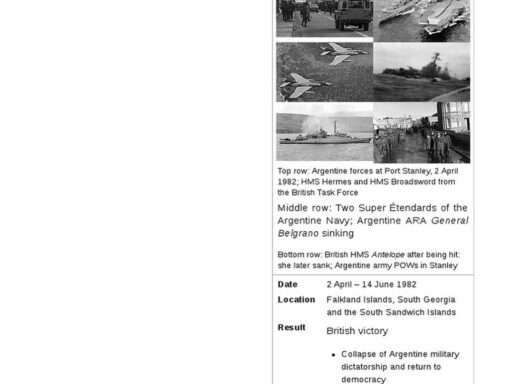Ronald Reagan officially switched from being a Democrat to a Republican in 1962 during a campaign event supporting Richard Nixon’s run for governor in California. At this event, a woman who was a registrar asked Reagan if he had registered as a Republican. Reagan had not, but he intended to, and on the spot, he filled out the form and completed the switch. This moment marked the formal and public change of his political affiliation.
Before 1962, Reagan’s political leanings had already shifted toward the Republican Party, though he remained a Democrat in name for strategic reasons. He stopped identifying as a Democrat shortly after the 1952 presidential election when he actively supported Dwight D. Eisenhower’s campaign. Reagan encouraged Eisenhower to run and campaigned for him during the 1952 and 1956 elections. Despite this, he retained his official Democratic registration until 1962. Part of this was at the request of Nixon’s campaign in 1960, which asked Reagan to remain a Democrat to appeal more broadly to voters. Reagan supported Nixon, fearing that John F. Kennedy’s presidency would lead to the imposition of communism in the United States.
Reagan’s ideological shift was driven primarily by three key factors:
- Fiscal Policy: Reagan opposed high taxes, especially the top marginal tax rate, which was as high as 90% in the late 1940s. He felt that such taxation discouraged productivity and entrepreneurship. As an actor, he noticed that earning more money meant losing most of it to taxes, reducing incentives to work harder or take on additional projects.
- Anti-communism: Reagan’s work with the Screen Actors Guild exposed him to communist influences and threats. Communists attempted to blacklist him and threaten his career. This experience made him distrust leftist politics and reinforced his view that communism was a genuine and pervasive threat. He saw the Republican Party as stronger on anti-communism and viewed the rhetoric of many Democrats, including JFK, as a potential step toward communist influence in America.
- Conservative intellectual influence: Reagan embraced the emerging conservative movement. He subscribed to National Review, edited by William F. Buckley, and read influential conservative literature like *Witness* by Whitaker Chambers, which argued that freedom originates from God and opposed communism’s atheistic ideology.
While Reagan publicly did speaking events for the Republican Party in California by the early 1960s, he kept his formal party registration as a Democrat to help Nixon in the 1962 gubernatorial race. His official switch to the Republican Party during that campaign event was largely an impromptu act but symbolized his fully aligned political beliefs.
In his autobiography An American Life, Reagan stated that high taxes and disillusionment with the welfare system motivated his switch. He believed that excessive taxes stifled individual creativity and innovation, key values he wanted to promote.
| Aspect | Explanation |
|---|---|
| Immediate Cause | Switched at 1962 Nixon campaign event after a registrar offered a Republican registration form |
| Political Alignment Pre-1962 | Supported Republicans like Eisenhower from 1952 but remained Democrat in name until 1962 |
| Strategic Reason | Stayed Democrat to benefit Nixon’s appeal across party lines during 1960-62 campaigns |
| Ideological Drivers | Opposition to high taxes, strong anti-communism, influence of conservative literature |
| Public Activities | Spoke for Republicans in early 1960s, formally joined Republicans in 1962 |
Reagan’s party switch was both symbolic and practical. Although he embraced Republican ideals well before 1962, the official change reflected his full political commitment. The switch underscored his opposition to high taxation, rejection of communism, and alignment with conservative values that shaped his future political career.
- Reagan’s official GOP switch occurred at a 1962 Nixon campaign event due to a registrar’s spontaneous prompt.
- He had supported Republicans since 1952 but remained a Democrat to help Nixon’s cross-party appeal.
- High taxes and anti-communism were the main ideological reasons for his conversion.
- Reagan’s exposure to conservative thought and literature solidified his political shift.
- The switch was both a political strategy and a reflection of his evolving beliefs.
Why did Ronald Reagan switch from being a Democrat to a Republican in 1962?
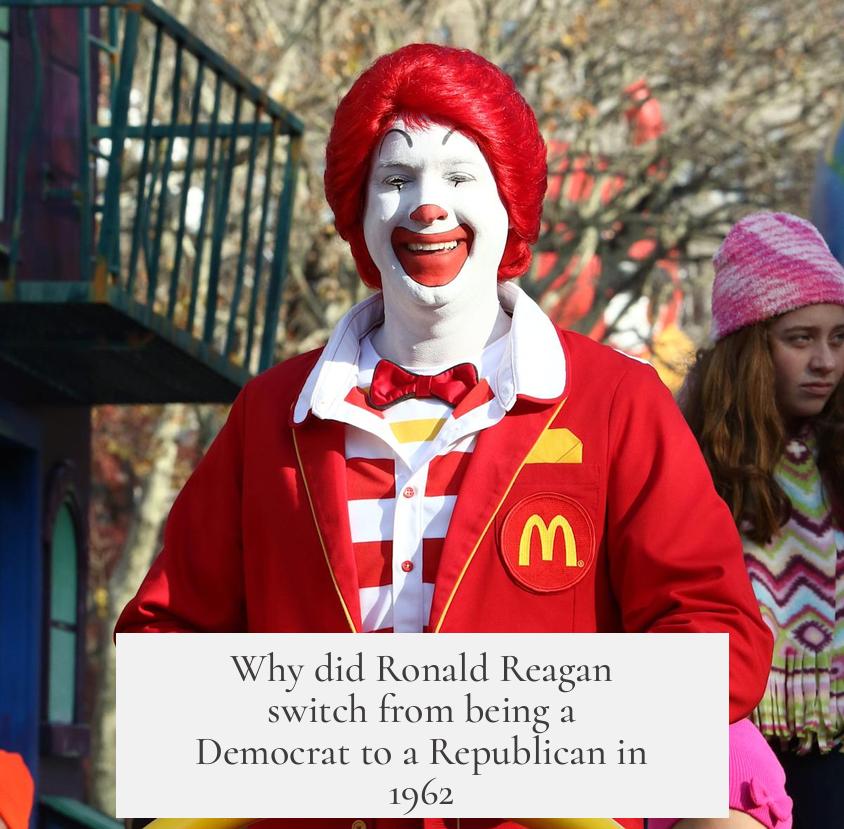
Simply put, Ronald Reagan switched from being a Democrat to a Republican in 1962 because he had long aligned with Republican ideals, especially against high taxes and communism, and made the official switch spontaneously at a Nixon campaign event when asked if he’d registered as a Republican. But there’s more to this story. Let’s unpack the layers of why and how this happened.
Imagine it: It’s 1962, and Ronald Reagan is at a campaign rally supporting Richard Nixon’s run for governor of California. A woman — who just so happens to be a registrar — asks Reagan if he has officially registered as a Republican yet. Reagan says no but plans to do so. The registrar whips out a registration form — because, why not? — and Reagan signs on the spot. This moment of political spontaneity officially seals his switch.
From Democrat on Paper to Republican at Heart
Surprisingly, Reagan had held a Democratic registration until 1962. But this was more a formality than reality. In truth, Reagan stopped acting like a Democrat as early as 1952. That’s when he approached Dwight Eisenhower, encouraging him to run for president and even campaigning for him in 1952 and 1956. His political soul was already rooting for the Republicans well before 1962.
However, he maintained his Democratic registration for a strategic reason. In 1960, Reagan wrote a letter to Nixon, who was Vice President at the time, declaring his support. Nixon preferred Reagan to remain a Democrat on paper to maximize the impact of his endorsement. Reagan’s appeal carried more weight among moderate Democrats, and at that juncture, the political chessboard suggested that his official Republican registration might blunt his influence.
The Ideological Compass: What Truly Drove Reagan Rightward?
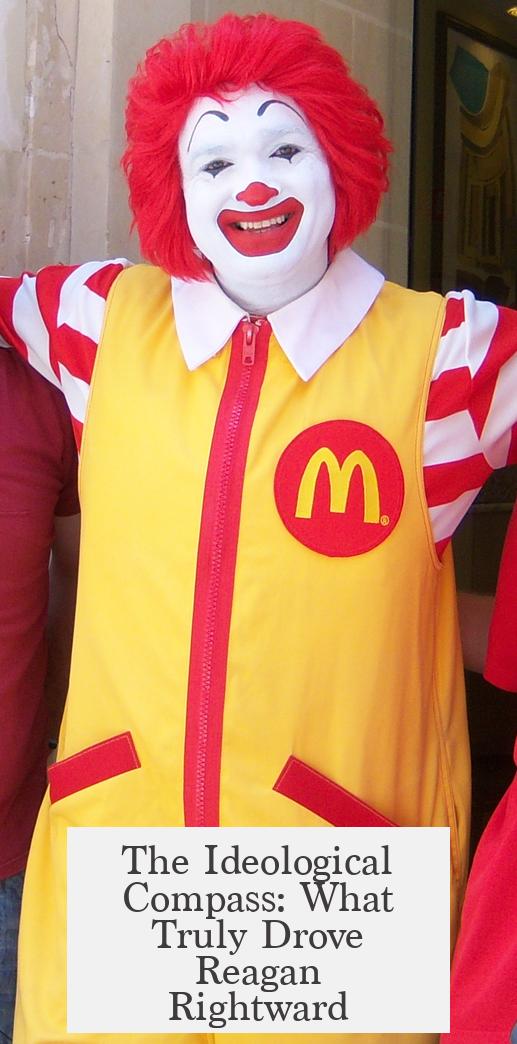
There are two major ideological pillars behind Reagan’s journey to the Republican Party: his views on fiscal policy and fierce anti-communism.
- Fiscal Policy: High Taxes Viewed as Punishment Back in the late 1940s, Reagan gets annoyed with what he calls outrageously high tax rates. At one point, he’s paying nearly 90% of his income in taxes! For a movie star with a limited earning window, having the government take almost everything he earns feels like a straight-up penalty for success. This bitterness toward crushing top marginal rates contributes to his economic conservatism and preference for smaller government.
- Anti-Communism: A Personal Crusade Reagan’s work as president of the Screen Actors Guild exposes him to communist threats firsthand. He recalls how communist sympathizers threatened to ruin his career. This fuels his suspicion and fear of communist infiltration in America. He sees the Republican Party as the staunch defender against communism, unlike many Democrats whom he suspects may lean left too dangerously. His fear that John F. Kennedy might lean toward communist sympathies makes Reagan even more wary.
Conservative Thought Leaders and Intellectual Influence
Reagan doesn’t just pick his political views from thin air. He immerses himself in conservative literature, subscribing to William F. Buckley Jr.’s National Review. Books like Whitaker Chambers’ Witness, which argues that freedom stems from God and opposes communist ideology, resonate deeply with him. These intellectual resources shape Reagan’s evolving worldview, steeped in traditional values, free enterprise, and a strong anti-communist stance.
Pragmatism and Political Strategy: Why Delay the Official Switch?
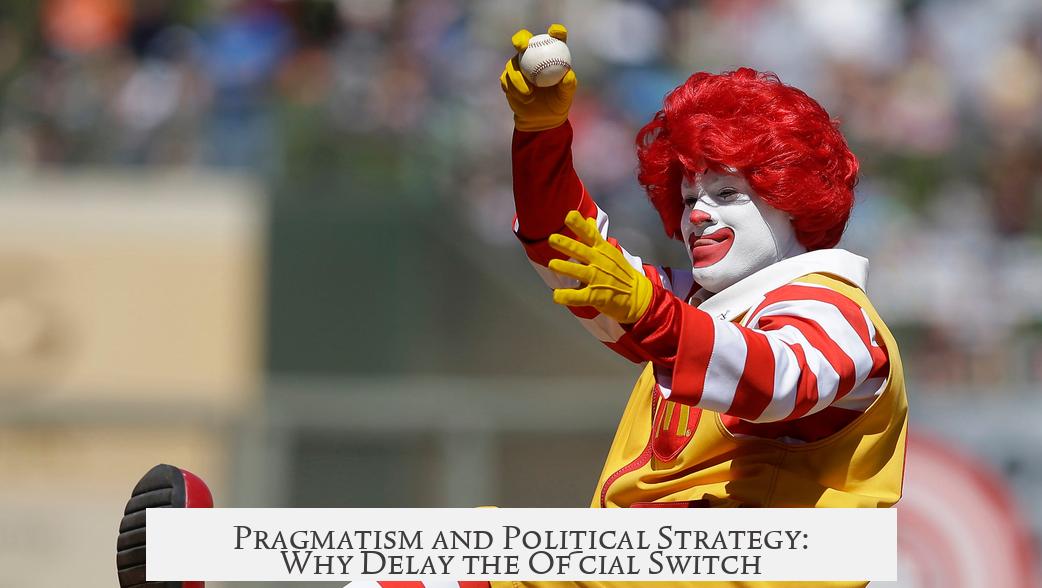
Staying registered as a Democrat while supporting Republican candidates might seem contradictory, but Reagan and Nixon’s strategy made political sense. Reagan campaigned for Nixon in 1962’s California gubernatorial race—but as a Democrat. The idea was to demonstrate that Nixon could woo voters across party lines. Reagan’s cross-party appeal was a powerful tool to sway moderate Democrats toward Nixon’s camp.
How Reagan Explains It Himself
In his autobiography, An American Life, Reagan reveals that he switched due to dissatisfaction with high taxes and welfare policies. He believes these policies stifle creativity and hard work. For Reagan, the welfare state and heavy taxation represented an overreach that squandered American individualism and entrepreneurial spirit. His conversion was more than a political move—it was an expression of core values.
So, What Does This All Mean?
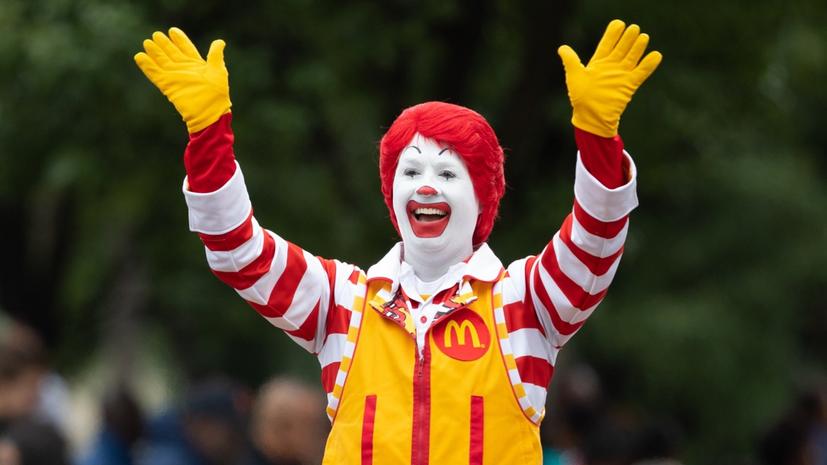
Reagan’s official party switch in 1962 was almost an afterthought—triggered by a chance interaction at a political event. But underneath that spontaneous switch lies a decade of ideological evolution and strategic calculation. He was essentially a Republican before he was one on paper. Reagan’s story challenges the notion that party affiliation is always a simple choice. Sometimes, it’s a complex dance of values, strategy, and timing. His journey shows that political labels don’t always reflect inner convictions immediately, but catch up eventually.
What Can We Learn Here?
- If you’re thinking about changing your own political affiliation, it’s okay to take your time and weigh the consequences.
- Support can be more effective when delivered strategically, sometimes requiring tough decisions about presentation versus beliefs.
- How do personal experiences, like facing hostility from ideological opponents, shape political beliefs? Reagan’s story shows they can have a big impact.
- Reading and engaging with diverse viewpoints — even intensely conservative ones — can profoundly influence political identity.
And if you ever find yourself suddenly switching sides at a party event because someone hands you a form, just remember: even Ronald Reagan did it.
In Conclusion
Ronald Reagan’s switch from Democrat to Republican in 1962 was a moment of symbolic clarity, a public gesture that formalized a longer, intricate realignment. Opposed to high taxes, suspicious of communism, intellectually drawn to conservative thought, and influenced by strategic political tactics, Reagan’s shift underscores a blend of ideals and pragmatism shaping political identity.
His story reminds us that political switches don’t happen overnight. They are the outcome of years of thought, experience, and sometimes, spontaneous moments.
Why did Ronald Reagan officially switch to the Republican Party in 1962?
He officially switched at a Nixon campaign event when a registrar asked if he had registered as a Republican. Reagan said no but intended to, and he signed the form on the spot, making the switch official.
Was Ronald Reagan a Democrat before 1962?
Though registered as a Democrat, Reagan had supported Republican candidates since 1952. He worked for Eisenhower’s campaigns and mostly aligned with Republican views before 1962.
Why did Reagan remain a registered Democrat until 1962 if he supported Republicans earlier?
In 1960, Nixon asked Reagan to stay a Democrat in name to boost Nixon’s appeal to both party voters. Reagan complied to help Nixon’s campaign strategically.
What key beliefs influenced Reagan’s switch from Democrat to Republican?
- Opposition to high taxes that penalized earning and innovation.
- Strong anti-communist views and distrust of left-wing politics.
- Interest in conservative intellectual ideas, including those promoted by William Buckley and Whitaker Chambers.
How did Reagan explain his party switch later?
In his autobiography, Reagan said he switched because he opposed high taxes and the welfare state. He believed these policies hurt individual creativity and economic growth.
